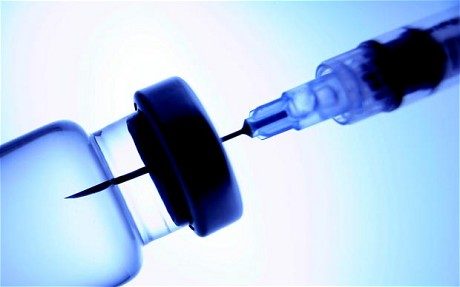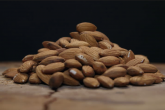
We read and hear about the statistics of Malaria’s impact in Africa so much that it no longer seems to shock us. The traditional weapons in the fight against malaria – Insecticide Treated Mosquito Nets, Indoor Residual Spraying with insecticide, and Preventive Treatment during pregnancy – have helped reduce its occurrence worldwide by about 20%.
Whether you think so or not, the data about malaria remains shocking:
- An African child still dies every two minutes from malaria
- 1 out of every 12 deaths in children under five and infants is due to malaria
- Malaria causes 1 out of every 10 pregnancy-related deaths
- 1 out of every 10 of all hospital admissions in Sub-Saharan Africa is due to malaria
Last week the Johns Hopkins Bloomberg School of Public Health in the U.S.A. announced exciting new weapons in the battle against malaria that look very promising.

Understanding how malaria spreads
If you ask the average person on the street what causes malaria, the responses range from mosquitoes to dirty water, to dirty surroundings. The truth is that all of them cause malaria directly or indirectly.
A bite from a malaria-infected mosquito causes malaria. Drinking dirty water will cause diarrhea and other illnesses, not malaria. However, dirty stagnant pools of water such as backed up gutters are the perfect breeding areas for mosquitoes. Empty containers and old tires cluttering your surroundings collect rainwater and become additional breeding sites for mosquitoes. The mosquito transfers the malaria parasite into the human being while biting and after about 7 – 30 days the person develops malaria symptoms.
Promising new weapons against malaria
In one research study by genetically changing a strain of bacteria that mosquitoes carry researchers at Johns Hopkins University were able to prevent the malaria parasite from developing within the mosquito thereby reducing transmission rates. In a 2nd study genetic changes to the Anopheles mosquito help boost the mosquito’s immune system, allowing it to suppress the malaria parasite.
With both methods, by controlling the spread of the parasite within the mosquito population, there could be less need for current preventive measures like insecticide-treated bed nets in endemic areas. Researchers now plan to begin testing in a larger setting. If they’re successful, the bed nets we all dislike using may become a thing of the past.

The reality of malaria
Even if you haven’t lost a loved one to malaria, you’ve no doubt experienced the social and economic consequences directly related to the illness. Your children are unable to learn because they spend days away from school and you lose workdays and opportunities to improve your family’s financial situation.
Exposure to mosquito bites is the only risk factor for malaria. If you don’t get bitten, you don’t get malaria! Those most at risk for severe malaria and its complications are:
- Children – especially infants and those under five
- Pregnant women – because pregnancy suppresses the immune system
- Persons with other health conditions such as HIV/AIDS, kidney disease, and malnutrition
Weapons you can use to prevent malaria
Malaria is endemic in much of Sub-Saharan Africa, which means it is present all year round. Until the exciting new weapons in the battle against malaria become widely available, the wise thing to do is to prevent malaria by taking simple traditional measures that work well.
Here are some common sense malaria prevention tips for your family:
- The single most important thing to do to prevent malaria is to avoid being bitten by mosquitoes. Install mosquito netting in all windows and doorways.
- Use long-lasting insecticide-treated bed nets every night especially for children and if you’re pregnant.
- Eliminate potential breeding areas like stagnant pools of water by filling them with sand; keep your surroundings clear of empty containers and old tires that can collect water; keep water pots and storage containers covered at all times.
- In young children, malaria has a shorter course and can progress quite rapidly to severe malaria. Seek treatment for your young child within the first 24 hours of illness.
- Not all fever is malaria! Get tested before treatment.

